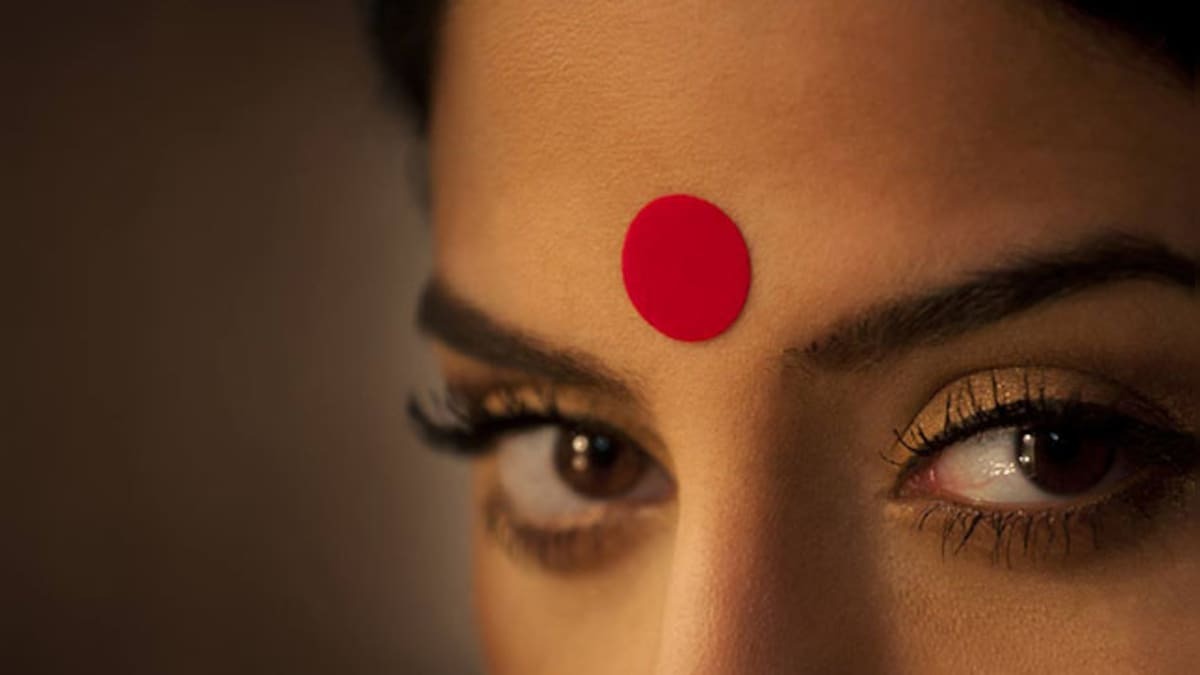
The bindi, traditionally worn between the eyebrows, holds deep cultural, spiritual, and aesthetic value in Indian traditions. This spot is believed to be the "ajna" or "third eye" chakra, associated with intuition and inner wisdom.
The term "bindi" comes from the Sanskrit word bindu, meaning "dot" or "point," symbolizing creation and the universe's origin. In Hinduism, a red bindi often signifies marital status and is linked to love, fertility, and the goddess Shakti.
It also reflects respect for the inner spiritual teacher or guru.
Wearing a bindi is also believed to offer health benefits. It may help balance energy, relieve stress, and enhance mental clarity, especially when made from natural materials like kumkum or sandalwood.
Socially, bindis distinguish marital status or serve as a cultural adornment for girls and women. In modern fashion, bindis are worn in various styles and colors, transcending cultural boundaries and becoming a global accessory.
Though primarily rooted in Hindu tradition, bindis are worn by women across faiths in South Asia, symbolizing elegance, spirituality, and feminine identity.
Post a comment
This Year’s Republic Day Theme Will Honor India's Legacy and...
- 20 Jan, 2025
- 3
India’s Constitution: 106 Amendments Shaping Democracy
- 25 Jan, 2025
- 1
What makes today’s total solar eclipse so rare?
- 08 Apr, 2024
- 20
Is Speaking English a Marriage Requirement? Shahana’s Death Sparks Outrage
- 16 Jan, 2025
- 1
Is Your Nose Piercing Making You Healthier?
- 26 Mar, 2025
- 2
Categories
Recent News
Daily Newsletter
Get all the top stories from Blogs to keep track.

















